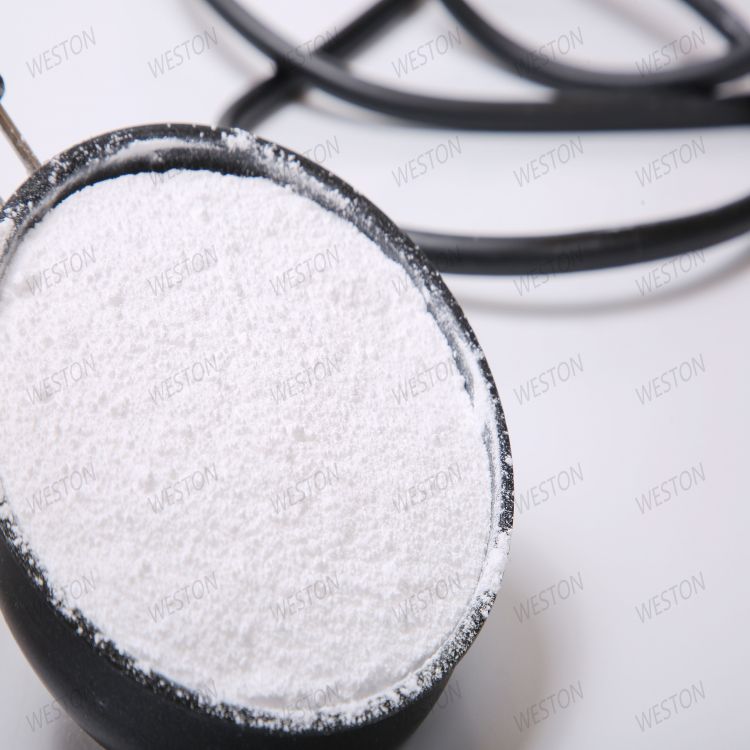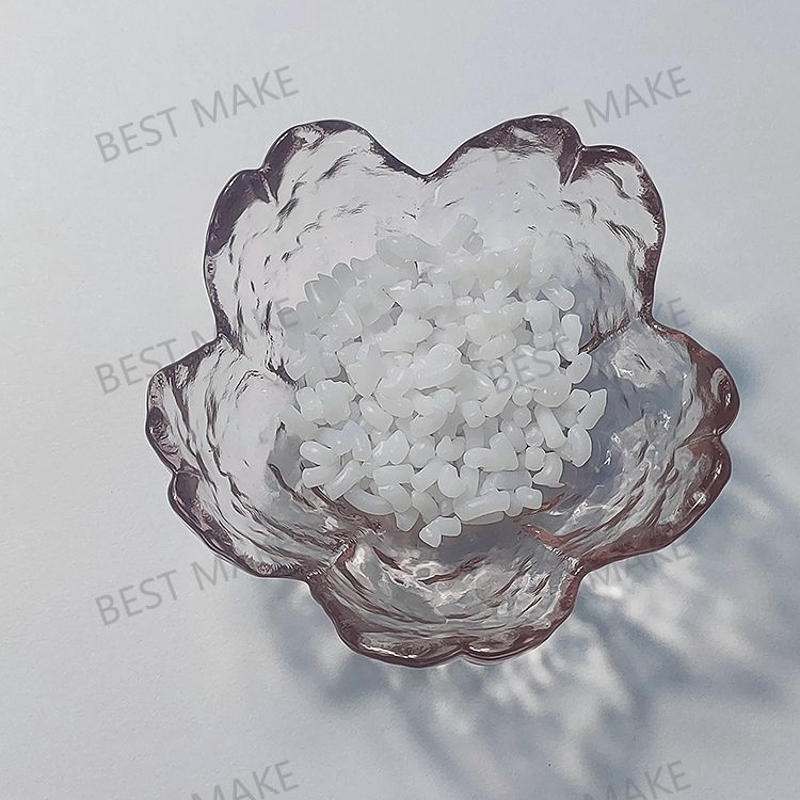-
Categories
-
Pharmaceutical Intermediates
-
Active Pharmaceutical Ingredients
-
Food Additives
- Industrial Coatings
- Agrochemicals
- Dyes and Pigments
- Surfactant
- Flavors and Fragrances
- Chemical Reagents
- Catalyst and Auxiliary
- Natural Products
- Inorganic Chemistry
-
Organic Chemistry
-
Biochemical Engineering
- Analytical Chemistry
- Cosmetic Ingredient
-
Pharmaceutical Intermediates
Promotion
ECHEMI Mall
Wholesale
Weekly Price
Exhibition
News
-
Trade Service
Food physical and chemical testing results cannot be absolutely accurate.
(1) The source of error
1.
System error is also called measurable error, which is caused by certain certain and frequent reasons in the inspection process
2.
Random error is the fluctuation of the measured value around the true value caused by various random factors such as the irregular fluctuation of experimental conditions and environmental factors or the inconsistent operation of the analysts
3.
Negligence is the error caused by the carelessness of the inspector, so it is also called gross error
(2) Methods and measures to eliminate or reduce errors
1.
This has been introduced in the previous "Selection of Food Physical and Chemical Testing Methods", so I won't repeat it here
2.
The sampling amount is directly related to the accuracy of the measurement results
The minimum sample weight of the sample=absolute error/relative error=2×0.
In titration analysis, one reading of the burette introduces an absolute error of ±0.
Minimum consumption volume of standard solution=absolute error/relative error=2×0.
For another example, in colorimetric analysis, the relationship between content and absorbance is often only within a certain range
3.
"GB/T5009.
1-2003 General Rules for the Physical and Chemical Part of Food Hygiene Inspection Methods" stipulates that the glass measuring devices used in the inspection methods (burettes, pipettes, volumetric flasks, graduated pipettes, colorimetric tubes, etc.
), temperature control equipment (Muffle furnace, constant temperature drying oven, constant temperature water bath, etc.
), measuring instruments (balances, acid meters, thermometers, spectrophotometers, chromatographs, etc.
) should be tested and verified in accordance with relevant national regulations and procedures
.
In the test, the instrument should be used correctly according to the operating rules
.
4.
Increase the number of parallel determinations
Increasing the number of parallel determinations can reduce random errors and make the average closer to the true value
.
In general analysis work, 2 to 4 parallel determinations are required
.
If more accurate determination is required, the number of parallel determinations should be increased reasonably to avoid waste
.
5.
Carry out blank test and control test
A blank test is to perform parallel operations with the same analysis steps, reagents and dosage (except for the amount of standard titrant in the titration method) except that no sample is added.
The result obtained is the blank value.
From the measured value of the sample The blank value can be deducted to offset the errors caused by impurities brought in by reagents, distilled water, utensils and the environment, and get more accurate analysis results
.
Controlled tests are an effective way to check system errors
.
When conducting a control experiment, a sample with a known result is often used in exactly the same steps with the sample to be tested, or measured by different units and personnel, and finally the results are compared
.
This can offset the errors caused by many unknown factors
.
The simplest and most effective method of the control test is to use the method of recovery of standard addition, that is, the sample and the standard sample are tested in parallel according to the same operation method and step at the same time
.
The recovery rate is calculated based on the detected spiked amount and the actual spiked amount, and the measured value of the sample is compensated
.
The recovery test is also an important measure to verify the reliability of the analytical method
.
6.
Standard operation
For example, for weighing in titration analysis, the same weights as possible in the same balance and the same box of weights should be used before and after; three weights of 2g, 2g, and 1g cannot be used instead of 5g weights
.
Related Links: Selection of Food Physical and Chemical Testing Instruments, Reagents and Experimental Water (1)







